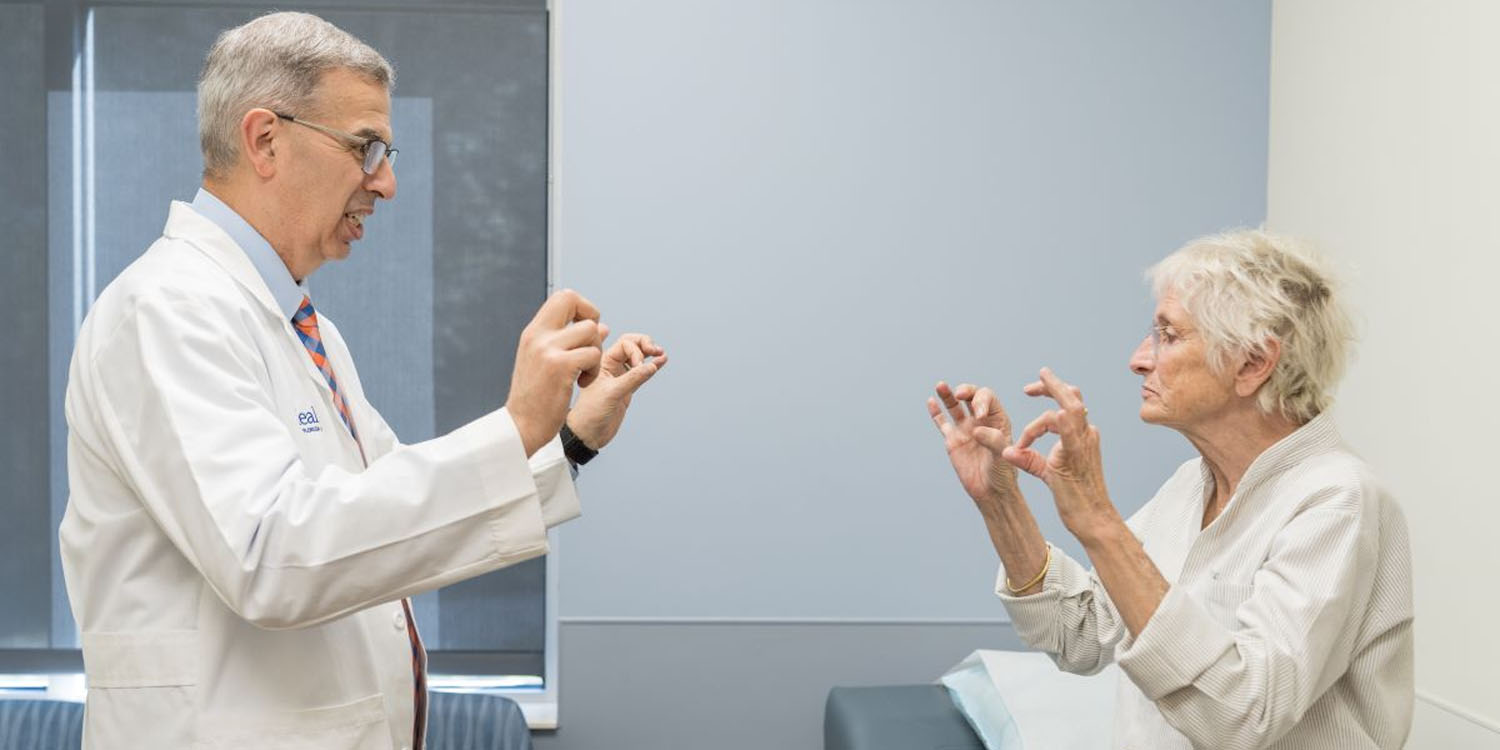For the millions of people living with Parkinson’s disease, tracking the progression of symptoms can be challenging and time-consuming. But now, researchers at the University of Florida have developed a new video-processing system that could revolutionize this process, making it easier to monitor the disease from home with unprecedented precision.
The research, published in the journal IEEE Transactions on Neural Networks, describes a video-processing system developed by Diego Guarin, an assistant professor at the University of Florida’s College of Health and Human Performance. This system uses machine learning to analyze videos of patients performing a simple hand movement test, revealing tiny, often imperceptible changes in motor function that could signal the progression of Parkinson’s disease.
“The beauty of this technology,” said Guarin, “is that a patient can record themselves performing the test, and the software analyzes it and informs the clinician how the patient is moving so the clinician can make decisions.”
Parkinson’s disease is a complex neurological disorder that gradually impairs a person’s ability to control their movements. Currently, there is no cure, and treatments focus on managing symptoms rather than stopping the disease’s progression. One of the biggest challenges in treating Parkinson’s disease is accurately monitoring how it progresses over time, particularly in its early stages when changes can be subtle and easily missed during standard clinical assessments.
Traditional methods for assessing Parkinson’s rely heavily on the Movement Disorder Society – Unified Parkinson’s Disease Rating Scale, a system that, while widely used, has its limitations. This scale is based on a clinician’s observation of a patient’s movements, scored on a 5-point scale that can be subjective and lacks the fine granularity needed to detect small, yet significant, changes. Additionally, this method requires patients to visit a clinic, which may not always be feasible, especially for those with limited mobility.
Recognizing these limitations, Guarin and his team sought to develop a more objective and sensitive method for tracking motor symptoms in Parkinson’s patients. Their goal was to create a tool that could be used easily at home, providing continuous monitoring and more precise information about the disease’s progression.
To test their new system, the researchers analyzed video data from 66 people with Parkinson’s disease and 24 healthy individuals. All participants performed a standardized finger-tapping test, which involves quickly tapping the thumb and index finger together 10 times. This test is commonly used to assess bradykinesia, a slowing of movement that is a hallmark of Parkinson’s disease.
The videos were recorded under controlled conditions at the University of Florida’s Health facility using a standard camera setup. Each participant sat in front of a camera while a trained clinician guided them through the finger-tapping test.
The videos were then processed using a custom machine learning pipeline developed by Guarin’s team. This pipeline uses Google’s MediaPipe, a software that can track hand movements by identifying 21 key points on each hand. From these points, the system calculates various movement metrics, such as the speed and amplitude of finger taps, as well as more complex measures like movement variability and the time taken to complete each tap cycle.
The study focused on comparing three different machine learning approaches to predict the severity of Parkinson’s disease based on these video-derived movement features. These approaches included a traditional multiclass classification model, an ordinal binary classification model, and a novel tiered binary classification model. The latter was specifically designed by the researchers to account for the fact that different movement features may be more or less important at different stages of the disease.
The results of the study were promising. The new tiered binary classification model outperformed the other methods, achieving an accuracy of 85% when distinguishing between healthy individuals and those with Parkinson’s disease, and an 86% accuracy overall when classifying the severity of the disease. This is a significant improvement over traditional methods and highlights the potential of this approach for clinical use.
“We found that we can observe the same features that the clinicians are trying to see by using a camera and a computer,” Guarin said. “With help from AI, the same examination is made easier and less time-consuming for everyone involved.”
One of the key findings of the study was that certain movement features were more predictive of disease severity at different stages. For example, early in the disease, features like the speed and amplitude of finger taps were most indicative of severity. However, as the disease progressed, measures of movement variability became more important. This insight suggests that a one-size-fits-all approach to assessing Parkinson’s may not be effective and that different aspects of motor function should be emphasized depending on the stage of the disease.
“We’ve seen that, with Parkinson’s disease, the opening movement is delayed, compared to the same movement in individuals that are healthy,” Guarin said. “This is new information that is almost impossible to measure without the video and computer, telling us the technology can help to better characterize how Parkinson’s disease affects movement and provide new markers to help evaluate the effectiveness of therapies.”
The study also found that the new system could detect very subtle changes in movement that might go unnoticed by clinicians using the traditional 5-point rating scale. This could be particularly valuable for detecting the early signs of Parkinson’s, potentially allowing for earlier intervention and better management of the disease.
While the findings are encouraging, the study has several limitations that need to be addressed in future research. One major limitation is that the video recordings were all made under controlled conditions with a clinician present to guide the participants. This may not reflect real-world conditions, where patients would be recording themselves at home without professional guidance. The researchers plan to address this by testing their system in more natural settings, where variations in camera angle, lighting, and patient positioning could affect the accuracy of the movement analysis.
Michael S. Okun, the director of the Norman Fixel Institute and medical advisor for the Parkinson’s Foundation, described the automated video-based assessments as a potential “game changer” for clinical trials and care.
“The finger-tapping test is one of the most critical elements used for diagnosis and for measuring disease progression in Parkinson’s disease,” Okun said. “Today, it takes an expert to interpret the results, but what is transformative is how Diego and three Parkinson’s neurologists at the Fixel Institute were able to use AI to objectify disease progression.”
The study, “Characterizing Disease Progression in Parkinson’s Disease from Videos of the Finger Tapping Test,” was authored by Diego L. Guarín, Joshua K. Wong, Nikolaus R. McFarland, and Adolfo Ramirez-Zamora.




